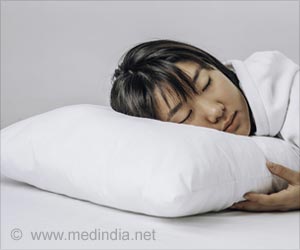Couple simulation model helps unclear the mysteries of mate selection.

‘Data is used to make simulated copies of each person with the same attributes and desires as the humans the data is from.’
Read More..




Dan Conroy-Beam, author, says, "Mate choice is complicated, especially in humans. And there have been a lot of people who have proposed abstract ideas about how it might happen." Read More..
He adds that from the perspective of another theory (Gale-Shapley Algorithm), one side approaches the other side, and they get a temporary relationships going. "Basically you stay in a relationship until you get a better offer and everybody kind of recurrently ditches their partners for better ones," he explains.
However, Conroy-Beam notes that verbal models are not a great way to understand what's going on for a complicated human mating system. He explains that competing desires and social dynamics play heavily into mate selection, adding layers of complexity.
He has developed a "Couple Simulation" model to understand human mating accurately. Since this is a computational model, it has an advantage over the other verbal models.
Conroy-Beam explains, "We're directly simulating people's real choices; we're removing the limits of doing this in our heads because we have computers that can keep track of all the very complicated interactions that are going on."
Advertisement
"We break them up and throw all these little agents into the market," said Conroy-Beam. Then various algorithms are ran to determine which ones are the best at putting them back together with the agent representing their real-world partner, he adds.
Advertisement
The “Couples Simulation” model correctly matched almost 45% of the couples in the simulated market in the very first run, proving to be the most accurate model of mate selection.
The psychologist states that for its first pass, an accuracy of 45% is impressive. The study also reports that the people in this cohort also report having higher-quality relationships than those in the inaccurately paired couples.
Conroy-Beam and his team will continue to refine their model to increase accuracy. They hope to conduct a longer-term longitudinal study, across cultures and same-sex couples, to see if couples that are accurately predicted differ in longevity.
"We also have plans in the next couple of years to try to apply this to single people to predict their future relationships prospectively," he adds.
Source-Eurekalert









